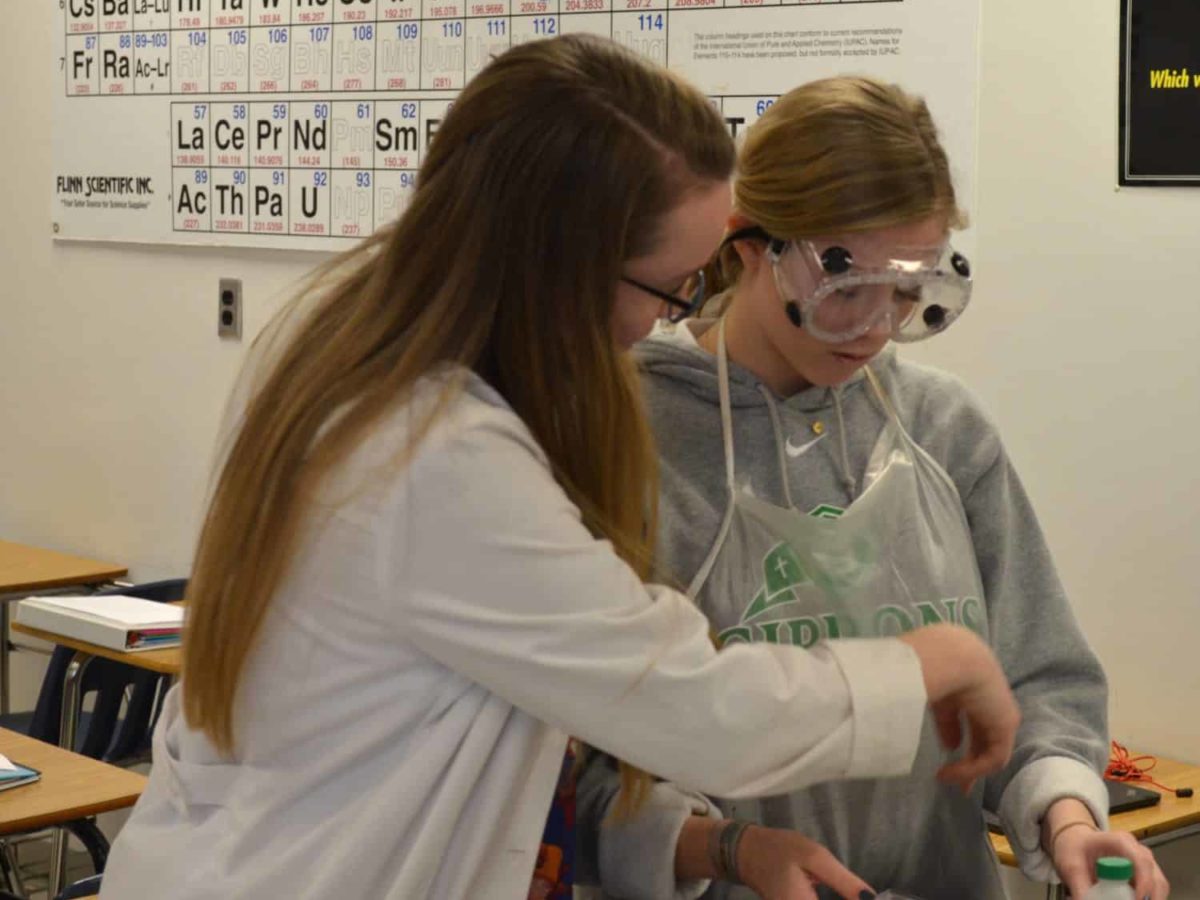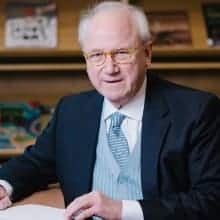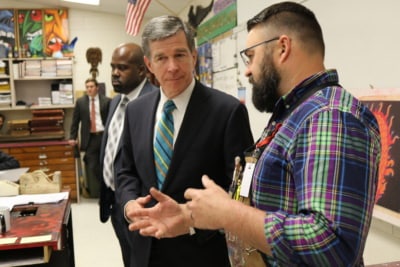

David Coleman, president of The College Board, told the UNC Board of Governors that the university system has “enormous power, latent power’’ to influence the course of teenagers through high school and into college. While he spoke to UNC policy makers and administrators at the board’s recent meeting, Coleman focused on the mindset of teenagers and their need for guidance in decision-making.
“Adolescents of all types make catastrophic decisions without good advice,’’ he said. What’s more, he said, “readiness for college, readiness to thrive in college, is more than your academic readiness and making the right choice — it’s a deeper thing, involving old-fashioned things that people used to call character.”
UNC President Margaret Spellings invited Coleman and Stefanie Sanford, who leads the College Board’s advocacy, to Chapel Hill as the UNC system moves into implementing the strategic plan adopted in January. That plan has a section titled, “Improve the Transition from K-12 to College,’’ that says the UNC administration will convene a working group in May to begin figuring out, along with public schools and community colleges, how the university can exert its influence on teenagers and their high schools.
The UNC strategic plan sets as a target an increase in the proportion of students who graduate in five years to 70 percent, along with reducing achievement gaps in half. By 2020-21, says the plan, the university system would increase the enrollment of low-income students by 13 percent and the enrollment of rural students by 11 percent. Further, it aims to increase low-income graduates by 37 percent and rural graduates by 20 percent.
In his recent budget message, Governor Roy Cooper set the goal for the state to increase the percentage of adults, age 25 and older, with a university bachelor’s degree or community college associate’s degree from 38.7 percent to 55 percent.
To hit such targets, Coleman and Sanford said, North Carolina cannot wait to propel students only after they have enrolled in a university or a college. Thus, they said, the university must use its power to “transform the pipeline” and recognize the “massive signaling effect’’ that comes from giving credit for Advanced Placement and other college-level courses in high schools.
In the session that lasted more than an hour, there was plenty of acronym-laced discussion of AP, SAT, PSAT, STEM and ACT. The College Board would clearly want to extend its reach in North Carolina, a state that legislates the ACT — not the College Board’s SAT — as the college entrance exam. Still, Coleman and Sanford offered several potent and thought-provoking observations.
Of 9th and 10th graders, Sanford said, “There are thousands of students with potential that never take the (advanced) classes because they have never been asked.” Coleman spoke highly of the Carolina College Advising Corps, launched a decade ago at UNC-Chapel Hill, that sends recent graduates into public schools to give guidance to low-income, first-generation potential college students.
Speaking of middle- and upper-middle class students as well, Coleman said he hears from university admissions officers of too many “fragile perfectionists’’ among first-year students who have rushed to meet what they see as expectations of selective colleges. They seem high-performing when they arrive, he said, but they crumble under the inevitable pressure. Instead of trying to show a dozen high school activities, Coleman said, it would be better to have students show genuine devotion to one to three sustained activities.
“We need more time for faith, for family, for playing around, for adolescent life, for balance,” he said.
In addition, Coleman called for more attention to inculcating in students the values of tolerance and citizenship. In particular, he said, “students should be tolerant of people of faith and understand profoundly that faith and excellence and knowledge or intelligence have gone hand in hand for centuries.” He also said that “students must be citizens’’ with a stronger grounding in the U.S. Constitution.
Surely, the conversation Spellings sought to stir up by inviting Coleman and Sanford should spread beyond the UNC board and administrators. To maximize the K-12-to-college pipeline, and to minimize “catastrophic decisions’’ by adolescents who would be ready for college, the governor, legislators and public school policymakers must put high school guidance on their higher-priority agendas.


